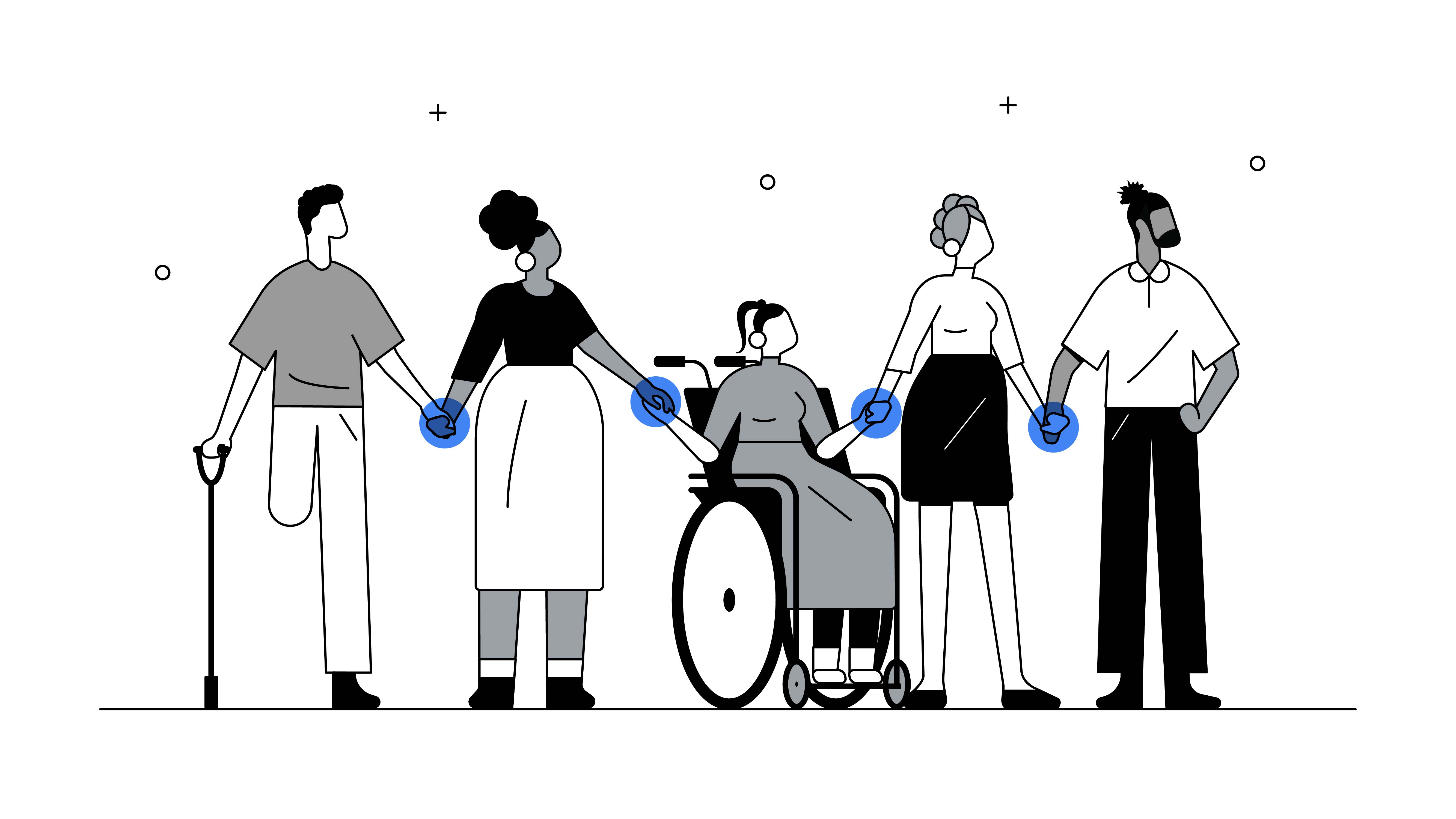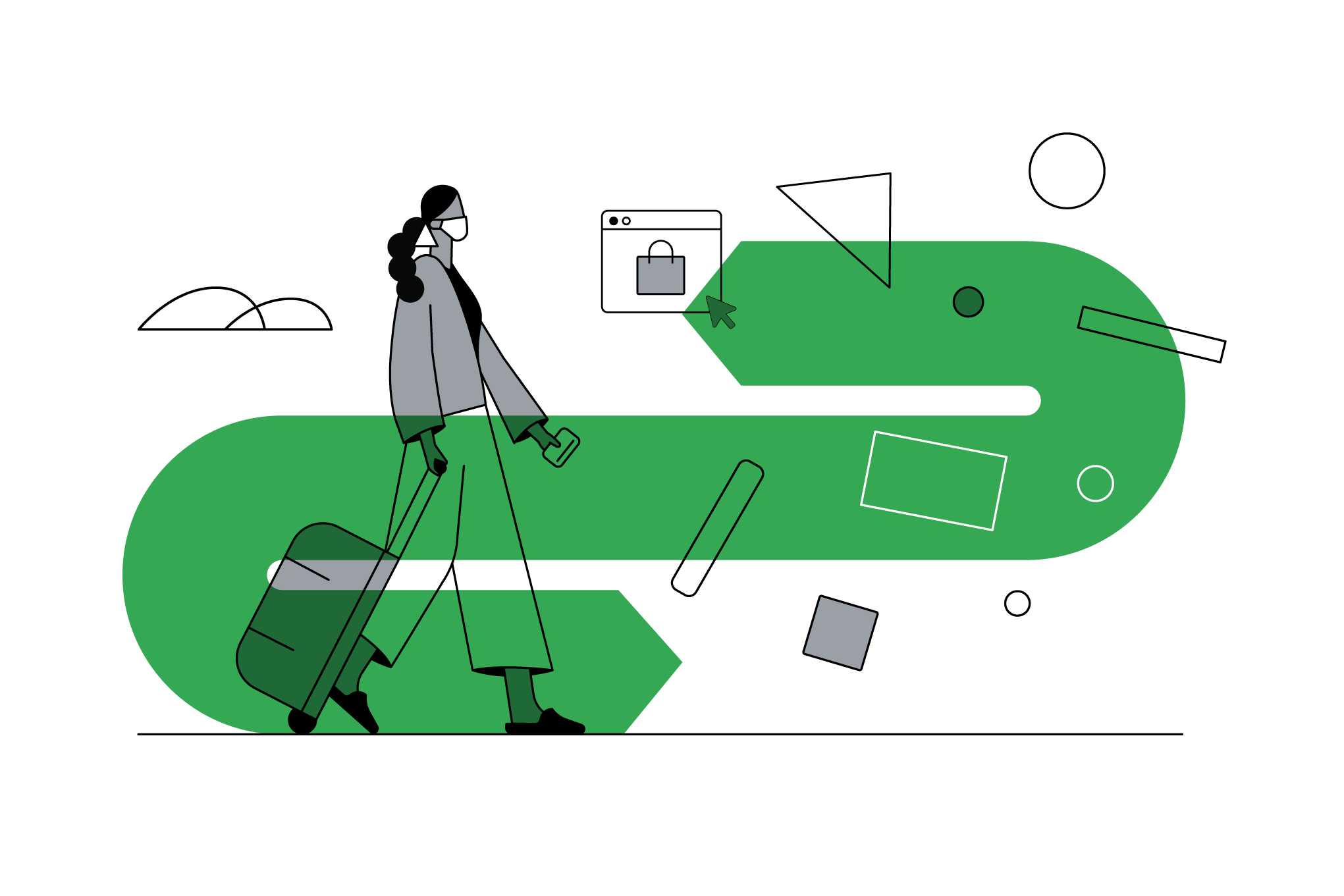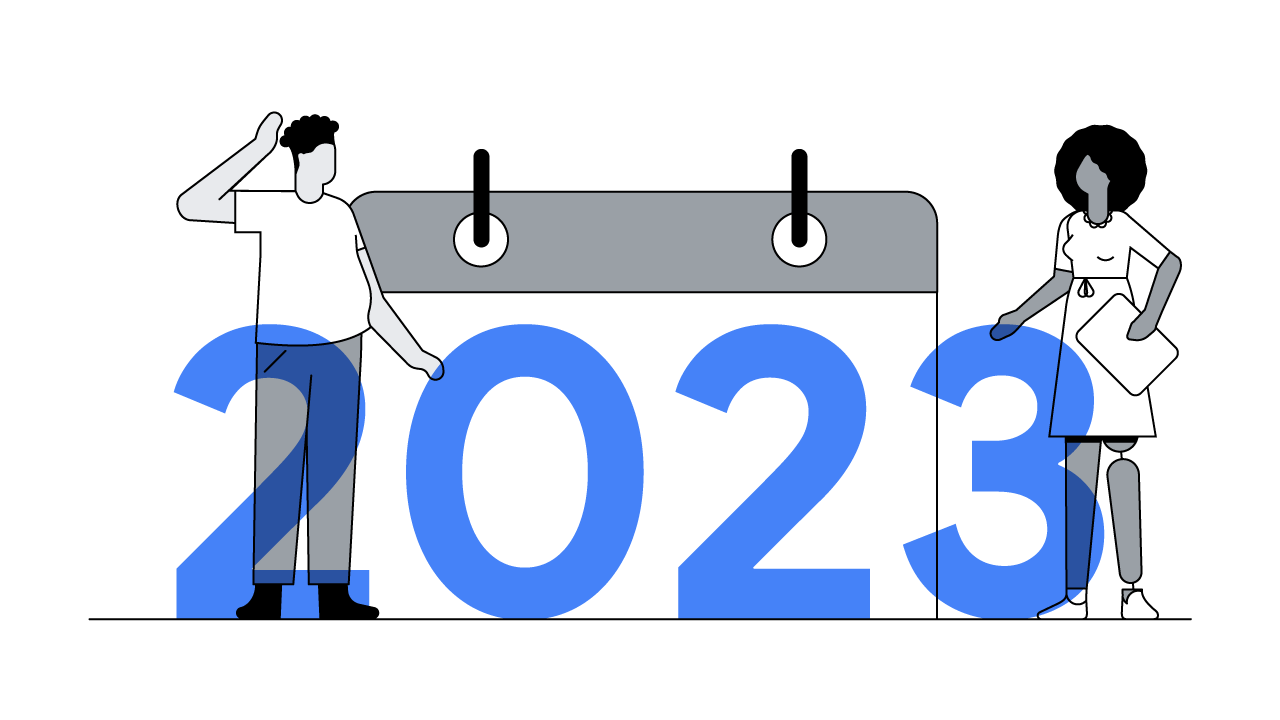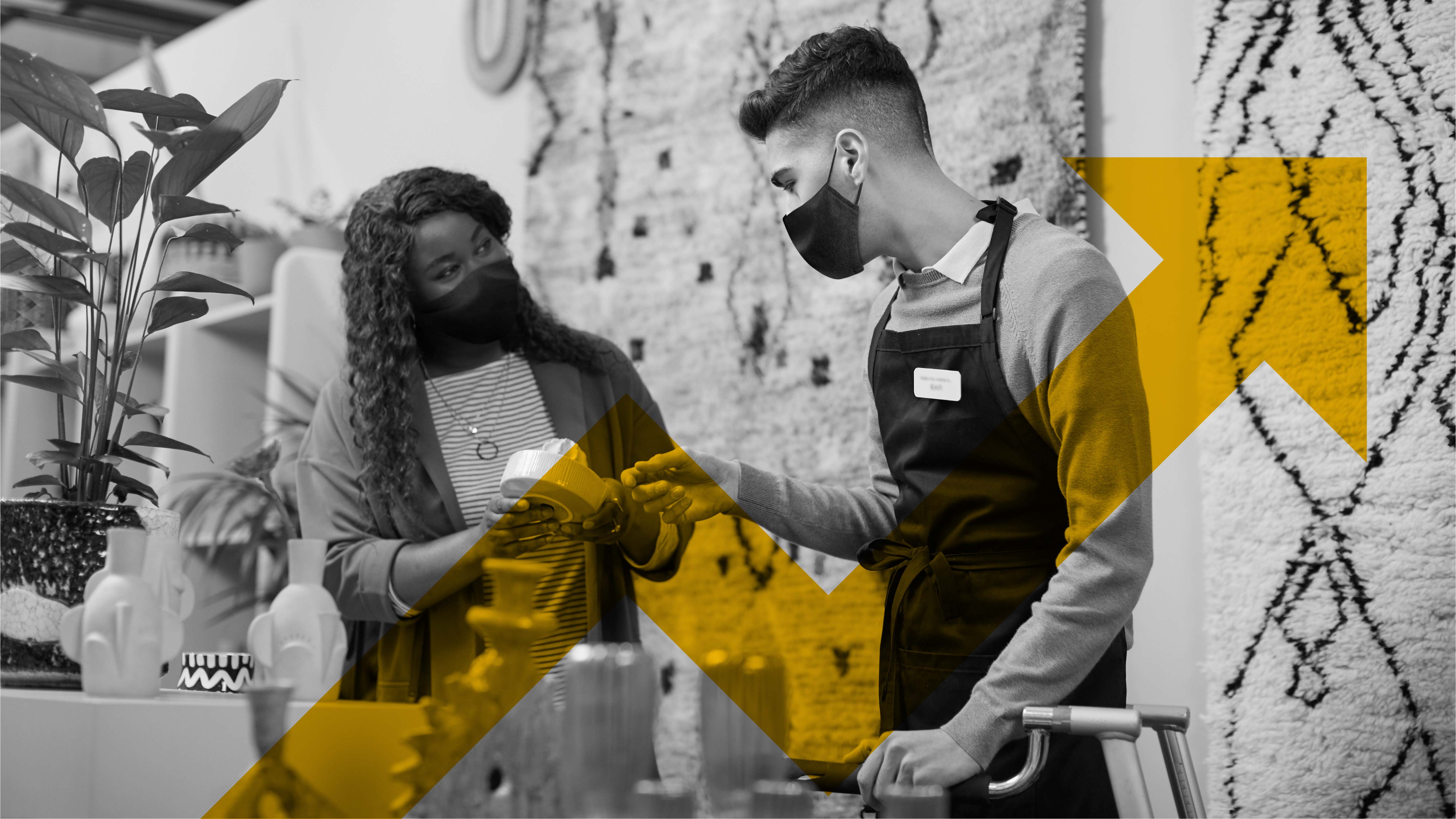
A single person sees almost 2 million ads per year. That means almost 2 million ways we, as the advertising industry, could be helping people see themselves positively and authentically reflected. But for too long most ads, including many of our own, have portrayed historically marginalised communities in ways that are harmful or stereotypical. And that’s only if they get included in the first place. In the past year, we have seen an incredible call for change, but our actions have not been enough. It’s on all of us to make sure the billions of messages seen by people every day truly represent the multicultural and nuanced world we live in.
I don’t claim that I’ve always done it right or that we’ve figured it out. But I’ve been on my own journey for a while now. And I had to learn that diversity exists within diversity. In the spirit of helping others get there, I wanted to share our learnings with everyone.
In the past year, we have seen an incredible call for change, but our actions have not been enough.
Here’s what we’ve learned
At Google, we have always believed in the power of sharing what we know, so that our tools and resources can help tackle our biggest societal challenges, including addressing inequality in advertising. That is why today we are making our internal marketing toolkit, All In (g.co/all-in), available to everyone, to help make change a collective reality. We can’t expect our work to get better if we don’t take others along with us. We work with hundreds of agencies, and sharing what we have learned about diversity in marketing with our agency partners has made a world of difference, for us and them.
I want to be clear that we do not have all of the answers. And these resources are not a solution, but a step forward. With this toolkit, teams of all sizes can find guides to help them:
Build the right team. Empower underrepresented talent on your team and partners’ teams so your ideas benefit from a variety of perspectives.
Make inclusive creative choices. Get tools to help you make inclusive choices and avoid stereotypes through your creative process, from defining your audience to writing a script or social copy.
Hold each other accountable. Set goals and measure your progress to ensure your work is on the right track.
Eliminate stereotypes in marketing. Find an expansive set of audience guides to help ensure historically underrepresented groups are authentically and positively represented.
We can’t expect our work to get better if we don’t take others along with us.
Since 2017, we have been partnering with experts and industry-leading organisations like the Geena Davis Institute, AdColor, GLAAD, Goodwill, Hispanic Federation, Association of National Advertisers, and more to build this toolkit and fix our mistakes, while bringing others along with us on this journey.
Three years ago I shared the results of our initial diversity audit, which showed that 10% of the creative we reviewed featured Black or Latinx people. Thanks to the learnings from this toolkit, that number is now 26%. And in 2020, 72% of our campaigns featuring Black people did not include overused portrayals of music, sports, or dancing. Our creative audits have also shown us that we need to make more room for LGBTQ+ stories and portrayals, include more older adults and people with disabilities, and many more. This toolkit is not a silver bullet, and it will evolve over time, but it’s a starting point for others to avoid the same mistakes we did.
Marketing can either solidify stereotypes or break them. I want to be on the side of breaking stereotypes. Some of our work has made us proud, but it’s a journey. We all have more to learn. This is only one piece of the puzzle. By sharing what we have learned, we call on the industry to tap into our collective responsibility to make work where everyone feels seen. Because change can only happen when we are all in.






